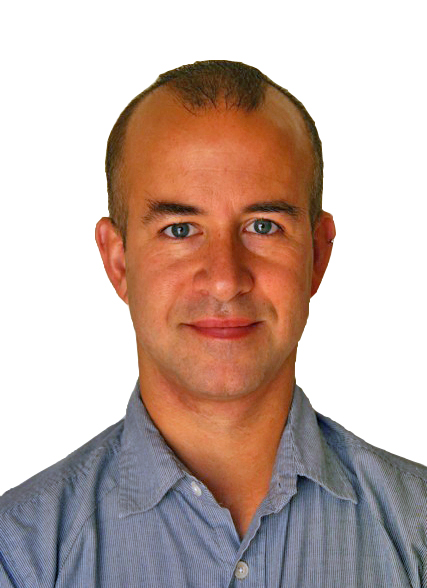
Using cutting-edge time-lapse photography, Keck School of Medicine researchers have discovered clues to the development of the head at the cellular level, which could point scientists to a better understanding of how organs and birth defects form in humans.
A team of researchers at the Eli and Edythe Broad Center for Regenerative Medicine and Stem Cell Research at USC has for the first time determined the role of two important molecular signaling pathways that help control the number and position of repeated units of cells that pattern the head and face.
Two members of a “Wnt” signaling pathway are instrumental in forming pharyngeal pouches that organize the structure of the head and face. Problems with forming the pouches can result in birth defects, including the rare DiGeorge syndrome, which causes an array of symptoms including an abnormal facial appearance, cleft palate, congenital heart disease, and loss of the thyroid and thymus.
The research, “Wnt-Dependent Epithelial Transitions Drive Pharyngeal Pouch Formation,” was published Feb. 11, 2013 in Developmental Cell. Principal author is Chong Pyo Choe, research associate at the Keck School of Medicine of USC.
View the time-lapse video showing wild-type pouch development.
